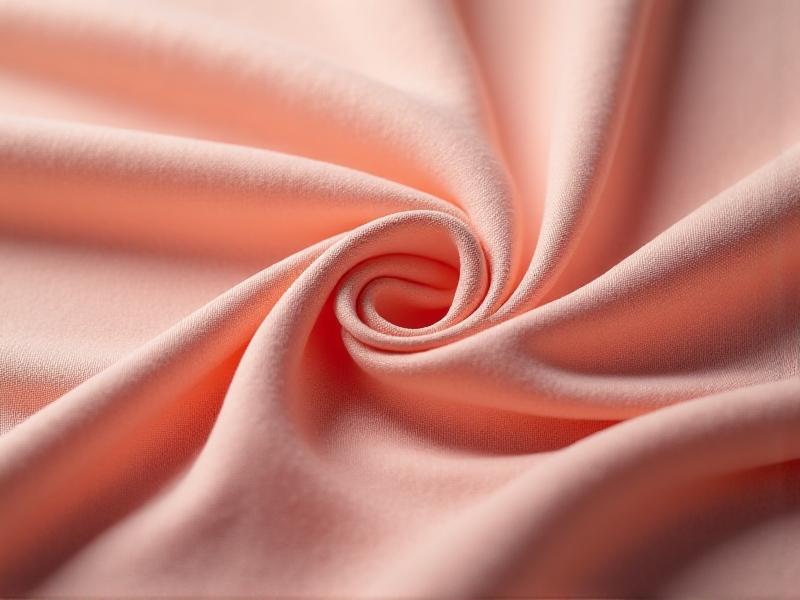Antibacterial Fabric Tech for Lactation Activewear
The Rise of Antibacterial Fabric Technology in Lactation Activewear
In recent years, the fusion of technology and textiles has revolutionized the fashion industry, particularly in the realm of activewear. One of the most groundbreaking advancements is the integration of antibacterial fabric technology into lactation activewear. This innovation not only enhances comfort but also addresses hygiene concerns for nursing mothers. As more women prioritize both functionality and health in their clothing choices, antibacterial fabrics have emerged as a game-changer in the design of lactation activewear.

Understanding Antibacterial Fabric Technology
Antibacterial fabric technology involves treating textiles with agents that inhibit the growth of bacteria, fungi, and other microorganisms. These agents can be embedded into the fibers during the manufacturing process or applied as a coating. Common antibacterial agents include silver ions, copper, and natural extracts like neem or tea tree oil. The result is a fabric that resists odor, reduces the risk of infections, and maintains freshness even after prolonged use. For lactation activewear, this technology is particularly beneficial, as it helps manage moisture and bacteria that can accumulate in nursing bras and tops.

Benefits of Antibacterial Lactation Activewear
Lactation activewear infused with antibacterial technology offers numerous advantages for nursing mothers. Firstly, it provides enhanced hygiene, reducing the risk of bacterial buildup that can lead to skin irritations or infections. Secondly, it minimizes odor, ensuring that mothers feel confident and fresh throughout the day. Additionally, antibacterial fabrics are often more durable, as they resist degradation caused by microbial activity. This makes them a practical and long-lasting investment for women who need reliable activewear during their breastfeeding journey.

Design and Comfort in Antibacterial Lactation Activewear
When it comes to lactation activewear, design and comfort are paramount. Antibacterial fabrics are often lightweight, breathable, and moisture-wicking, making them ideal for active mothers. Designers are incorporating these fabrics into stylish and functional pieces that cater to the unique needs of nursing women. Features like adjustable straps, easy-access nursing panels, and seamless construction ensure that the activewear is both practical and comfortable. The integration of antibacterial technology adds an extra layer of functionality, making these garments a must-have for modern mothers.
Environmental and Health Considerations
While antibacterial fabrics offer numerous benefits, it’s important to consider their environmental and health impacts. Some antibacterial treatments involve chemicals that can be harmful to the environment or cause skin sensitivities in certain individuals. To address these concerns, many brands are turning to eco-friendly and hypoallergenic antibacterial agents. Additionally, proper care and maintenance of antibacterial garments can extend their lifespan and minimize their environmental footprint. By choosing responsibly made lactation activewear, mothers can enjoy the benefits of antibacterial technology while supporting sustainable practices.
The Future of Antibacterial Lactation Activewear
As technology continues to evolve, the future of antibacterial lactation activewear looks promising. Innovations like self-cleaning fabrics and smart textiles that monitor health metrics are on the horizon. These advancements will further enhance the functionality and convenience of lactation activewear, making it an indispensable part of a nursing mother’s wardrobe. With a growing emphasis on health, sustainability, and design, antibacterial fabric technology is set to redefine the standards of activewear for years to come.







